The arrival of monsoon season provides a much-needed break from the sweltering summer heat. But it also brings with it a number of pesky little problems, including the moisture that promotes the growth of mould (a type of fungus) in your home. Since getting rid of fungus requires a lot of time, hard work and money, you need to think about how to prevent mould from growing in your home in the first place.
However, before we talk about how to stop mould from spreading and discuss mould-resistant products, you first need to figure out how to keep the house dry during the rainy season. Moisture and humidity are the biggest culprits behind the growth of fungus on walls, furniture and clothes among other items.
Not to mention, mould spores can also irritate your allergies and even cause respiratory diseases. It is one of the major things that can make you sick inside your house. Hard to detect, these incredibly small spores are airborne and can start growing on any damp spot in your home. More often than not, homeowners don’t find out about mould growth until it’s too late since it can easily go undetected.
Some of the most common places where mould grows due to moisture is bathroom tiles and walls, under the kitchen sink, washing machines, laundry hampers, under the ceiling tiles, around any leaking pipes, walls with seepage and even on the furniture placed next to it. Of course, it tends to get worse during the monsoon season.
How to Remove Moisture from a Room in Rainy Season
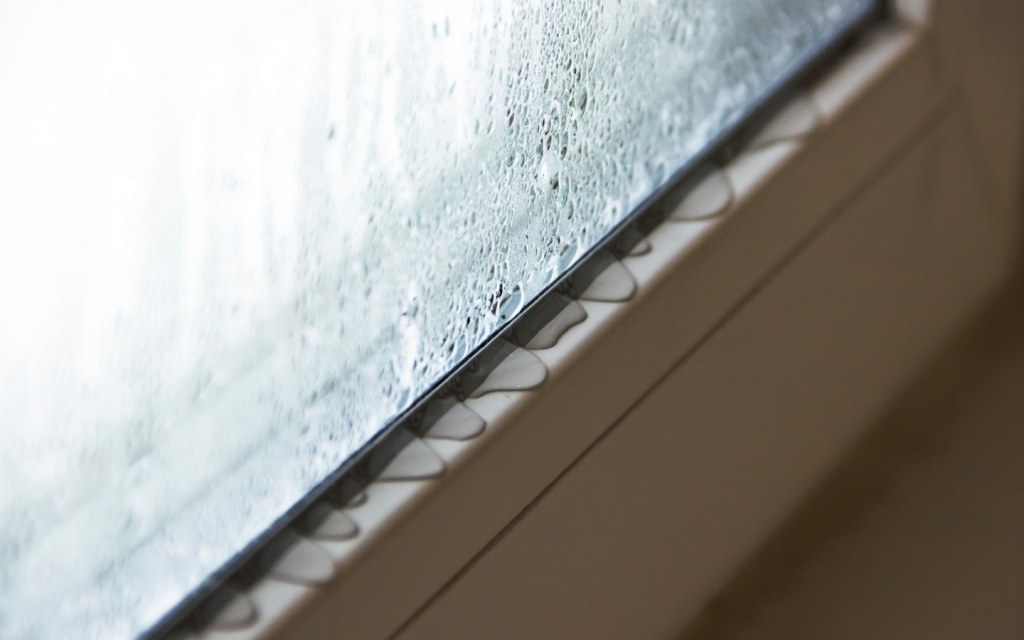
Here are some simple tips on how to keep rooms dry in the rainy season and get rid of moisture.
- Invest in a dehumidifier
- Open up windows for ventilation and airflow
- Allow sunlight into your home
- Use a dry cloth to wipe down furniture
- Clean water condensation as soon as possible
- Place naphthalene balls or silica gel pouches in moist areas
- Sprinkle baking soda on the area covered with moisture
Needless to say, it’s extremely important to maintain cleanliness in the rainy season if you want your home to be dry and mould-free.
Now that you know how to get rid of moisture, here are a few ways to prevent mould from growing on your walls and other areas of the house this monsoon season.
Tips on How to Prevent Mould from Growing during the Rainy Season
Getting rid of moisture in your home is the first step to combatting mould growth. However, apart from moisture control, here are a few more tips on how to prevent fungus that might come in handy this monsoon season.
Identify the most problematic areas in your home
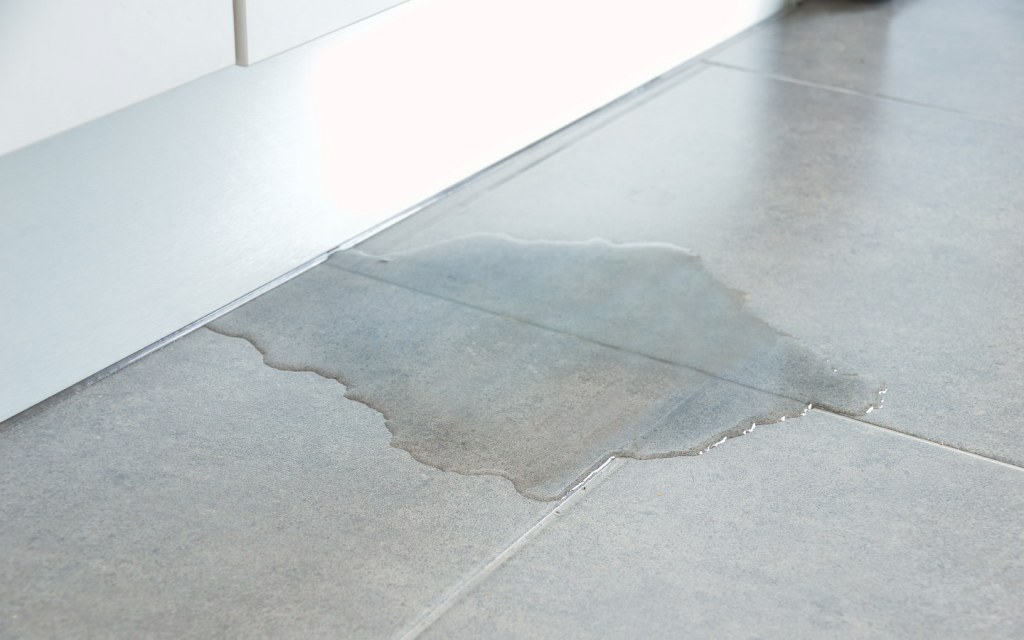
The first step is to figure out which areas in your home are most prone to mould infestation and why. Since moisture is most likely to be the cause, try and determine where it’s coming from. If you suspect any leaking pipes, contact a professional instead of going the DIY-route, as you can inadvertently make it worse.
Since moisture problems can be blamed on poor ventilation, you need to focus on balancing out humidity levels in rooms such as the bathroom, kitchen and the laundry area. If there is a basement in your house, get it checked as well as rainwater can easily accumulate there.
Similarly, the area around the windows and the backside of the curtain are also prime spots for mould to grow during the monsoon season. So, keep an eye on these areas and keep them dry as much as you can.
You can also take a look at our guide on water seepage in the walls and how to treat it for more information on the topic.
Dry wet areas in each room immediately
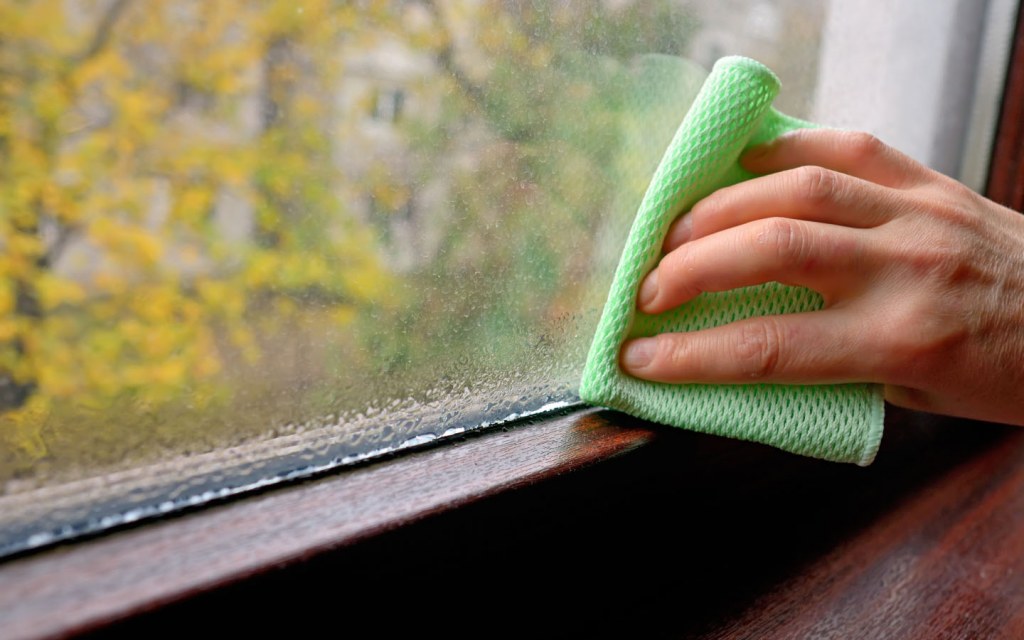
As mentioned above, water condensation needs to be cleaned as soon as possible. Although it may seem like a hassle, particularly when it’s pouring outside, wiping off windows and other surfaces with a clean cloth is much easier than dealing with mould later on.
If you want to prevent mould growth in the bathroom, wipe off the excess water immediately after taking a shower and ensure proper ventilation. The same goes for the kitchen and laundry areas. During the rainy season, place a mat outside the main door of your home and ask everyone to take off their shoes outside. This will keep more water and dirt from entering your place.
Moreover, if you see water entering your home during extreme rainfall or see water stains forming on your walls, sprinkle some baking soda on the area. The natural ingredient, which is present in almost every kitchen, is good at absorbing moisture. You can also take a look at some other incredible uses of baking soda that might come in handy.
Meanwhile, you can also use a hairdryer to get rid of dampness from certain spots in your home.
Invest in mould-resistant products
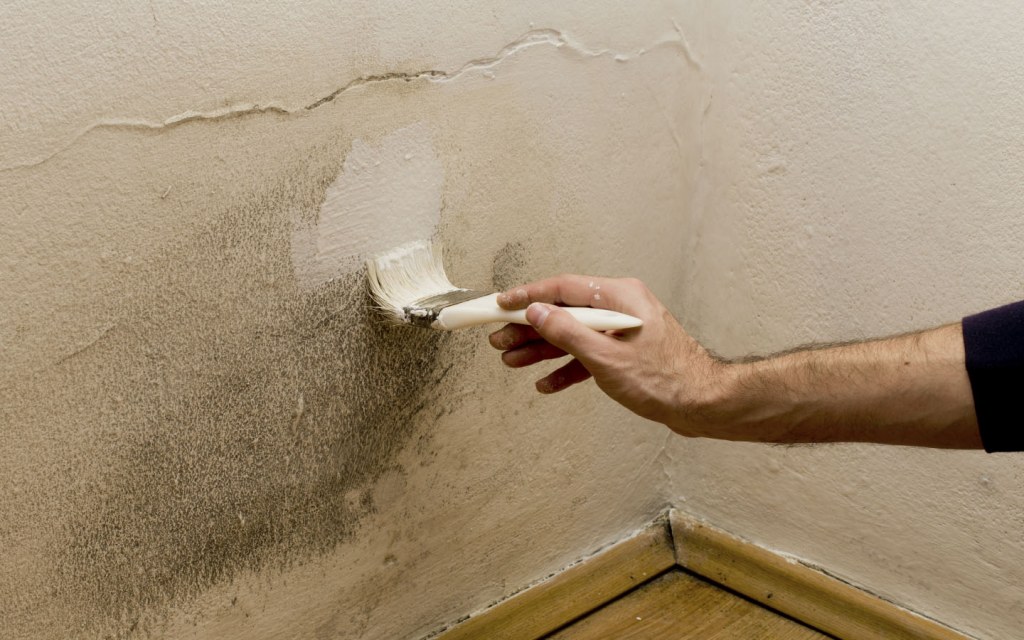
You can prevent mould from growing in your home by using mould-resistant paints. Although they are relatively expensive, using them in the most humid rooms in your house can help get rid of fungus to a great extent.
It’s important to mention these paints don’t kill the mould. So, instead of applying a fresh coat of this product to your mould-infested wall, wash and scrub the area as well as you can and leave it to dry. If you paint over a wall with severe mould growth, the chances are it will continue to spread below the surface of the paint.
However, these mould-resistant paints are great for walls that are prone to seepage or have prior water damage.
Furthermore, placing naphthalene balls and silica gel pouches in moist spots can also be really helpful. But you need to be extra vigilant of these mould-resistant products if you have kids or pets who might accidentally swallow them.
Move furniture away from moist walls
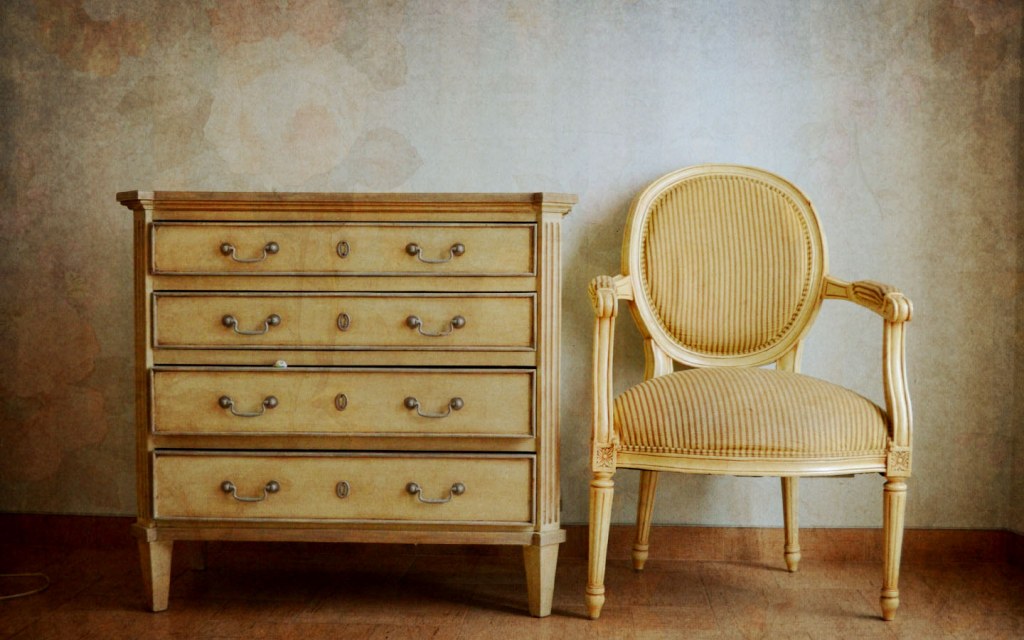
The easiest way to avoid fungus on wooden furniture is to clean it regularly with a clean, dry cloth – particularly if it’s placed near a window or a wall with seepage. Using cleaning spray and wood polish also helps prevent mould from growing on furniture.
During the monsoon season, it’s advisable to move furniture away from walls with moisture.
On the other hand, if you notice mould growing on your furniture, immediately remove all the items on your furniture and wipe the fungus-infected area with a mixture of ½ cup bleach and a gallon of water. Make sure you’re wearing a mask and rubber gloves while doing so. You can also use a scraper to get rid of mould from the furniture.
However, these methods can damage the paint or polish of your furniture. So, you need to be very careful while tackling the mould problem.
Don’t keep damp clothes in the closet
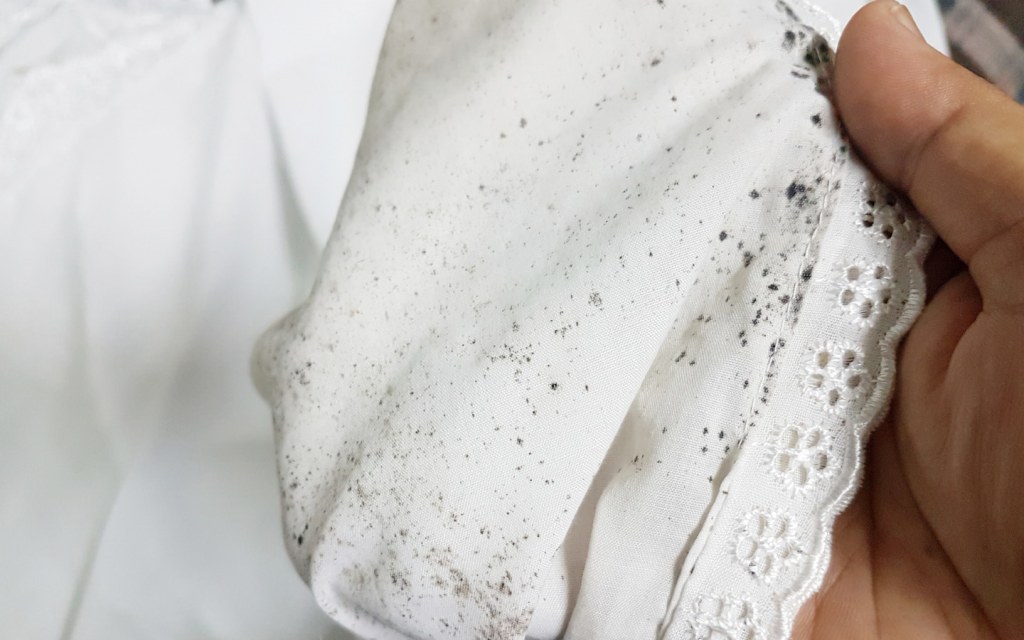
There is nothing more disgusting than wearing clothes with fungus on it.
In order to protect clothes from fungus in the rainy season, you need to be extra careful about not putting damp clothes in your closet. If you don’t have a dryer machine at home and can’t place wet clothes on the line outdoors due to rain, place your laundry below the fan. It will not only stop clothes in the wardrobe from going mouldy but also prevent your clothes from smelling musty.
If you already have fungus growing on your clothes, there are a number of affordable ways to fix the problem.
For instance, you can get rid of mould in your closet by placing silica gel pouches inside, as it is a great way of killing fungal spores in clothes. You can also soak your clothes in a mixture of vinegar and water to remove the mould patches and get rid of the musty smell. Rubbing a paste of lemon juice and salt can also help you get rid of fungus on clothes.
You must also regularly wash your washing machine with a solution of hot water, white vinegar and baking soda. It will not only help sanitize your washer but also stop mould spread. However, unfortunately, the washing machine is one of the most important household items that people forget to clean on a regular basis.
On a side note, don’t forget to check out our safety tips for the monsoon season and precautionary measures for driving in the rain.
If you have any suggestions or queries regarding how to keep your house clean during the monsoon season, contact us at blog@zameen.com. Meanwhile, for more monsoon home care tips, check out Zameen Blog – the leading lifestyle blog in Pakistan.



